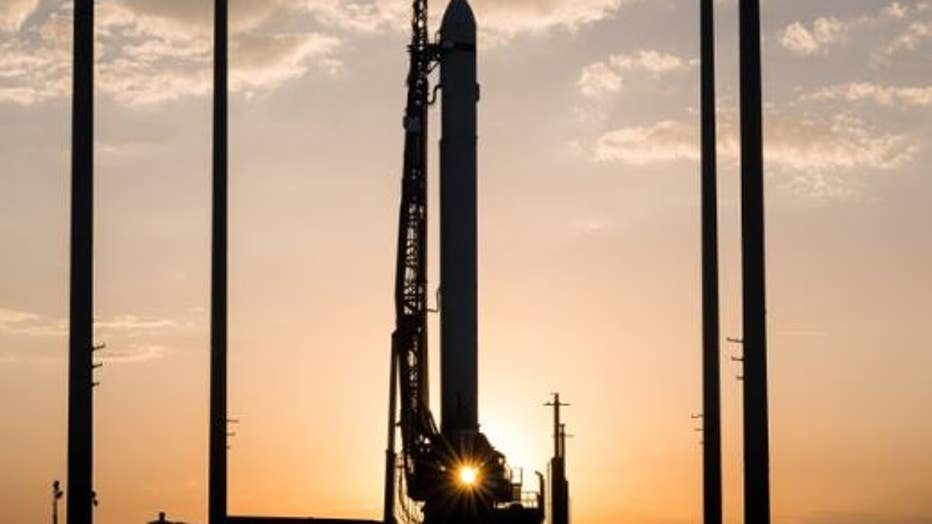New launch date announced for world's first 3D-printed rocket from Florida

Launch scrubbed for world's first 3D-printed rocket from Florida's Space Coast
Space fans will have to wait a little bit longer to see the launch of the world's first 3D-printed rocket from Florida's Space Coast.
CAPE CANAVERAL, Fla. - Maybe the third time will be the charm!
After two scrubbed attempts, Relativity Space will try again to launch the world's first 3D-printed rocket from Florida's Space Coast.
The new launch date is scheduled for March 22. The 3-hour launch window opens at 10 p.m. and goes until 1 a.m at Cape Canaveral's Space Force Station.
"Nighttime skies mean very cool methane rocket engine plumes," Relativity Space wrote on Twitter.
The one-of-a-kind rocket – known as Good Luck, Have Fun Terran 1 – was supposed to launch on Saturday, March 11, but was met with wind condition issues, among others resulting in several pushbacks.
The 3-hour launch window opened at 1 p.m. and was initially slated to take off at 1:45 p.m., but due to wind and other circumstances, the launch was pushed back to 4 p.m. where it was ultimately scrubbed.
MORE NEWS: SpaceX to launch pair of satellites during nighttime liftoff from Florida
The first launch attempt was on Wednesday, March 15, but during the countdown, officials reported problems with oxygen temperatures in the rocket’s second stage.
"Delays are always expected, and we got to remember safety is paramount," Dr. Ken Kremer told FOX 35. "This must succeed. It is much better to keep the rocket on the ground than to launch it and have it blow up or go off course."

Credit: Relativity Space
The launch is the first orbital attempt for Terran 1. It’s a big deal in the aerospace world because it is taking a simplified and reusable approach to rocket launches.
RELATED: SpaceX launches OneWeb communication satellites from Florida
A rocket normally takes two years or more to build, but this can be done in two months.
Standing at 110 feet tall and 7.5 feet wide, the Terran 1 is the largest 3D-printed object to exist and attempt orbital flight, officials have said.
About 85-percent of it is 3D-printed and uses liquid oxygen and liquid natural gas, which scientists say is not only best for rocket propulsion, but also for reusability. Looking ahead, it would be the easiest to eventually transition to methane found on Mars.
Compared to a traditional rocket that has more than 100,000 parts, this 3D-printed rocket has less than 1,000 parts. There is no payload on board this rocket right now.
The rocket's launch will be a learning experience and may require some tweaking down the road, but is set to make history as it attempts its first orbital flight.

